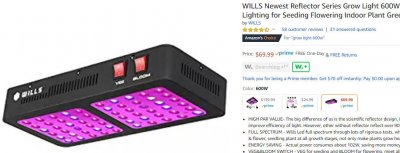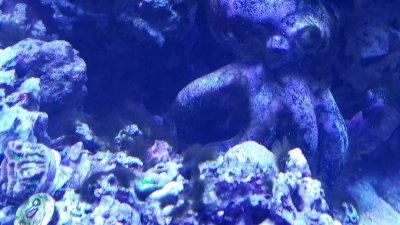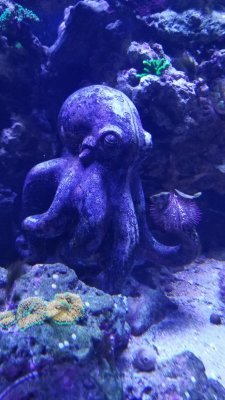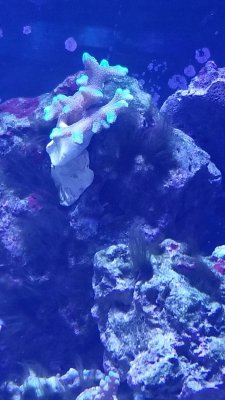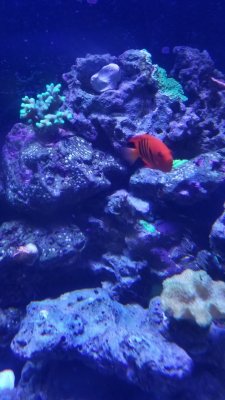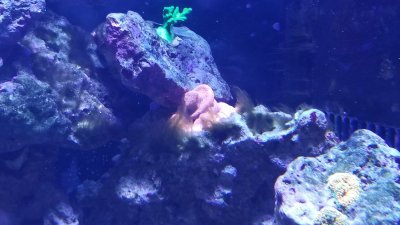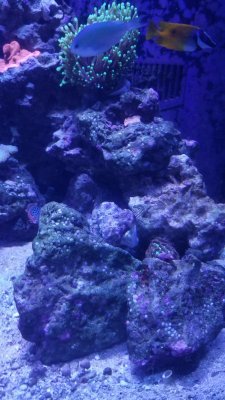I am not so sure it's as much about controlling/lowering nutrients in all cases as it is simply having enough grazers to keep algae growth in check. I am amused at those who say to lower/control nutrients while suggesting an army of tangs at the same time. Tangs are some of the messiest/highest bioload fish. I'm not saying I disagree with adding them, but they certainly won't help lower nutrients.
I have been battling the GHA as well as I've noted in this thread. My plan is to do a complete rock swap to live rock that is not covered in algae. I have also added a Kole Tang for more grazing. My foxface rabbitfish will be moving on, as he does not graze. My goal being to reduce the overall amount of algae and hope the grazers will be able to manage it going forward. I may need another grazer though, we'll see.
I have also been using Vibrant and unsure if I'll continue it as at least a maintenance dose or not. TBD.
I have been battling the GHA as well as I've noted in this thread. My plan is to do a complete rock swap to live rock that is not covered in algae. I have also added a Kole Tang for more grazing. My foxface rabbitfish will be moving on, as he does not graze. My goal being to reduce the overall amount of algae and hope the grazers will be able to manage it going forward. I may need another grazer though, we'll see.
I have also been using Vibrant and unsure if I'll continue it as at least a maintenance dose or not. TBD.






